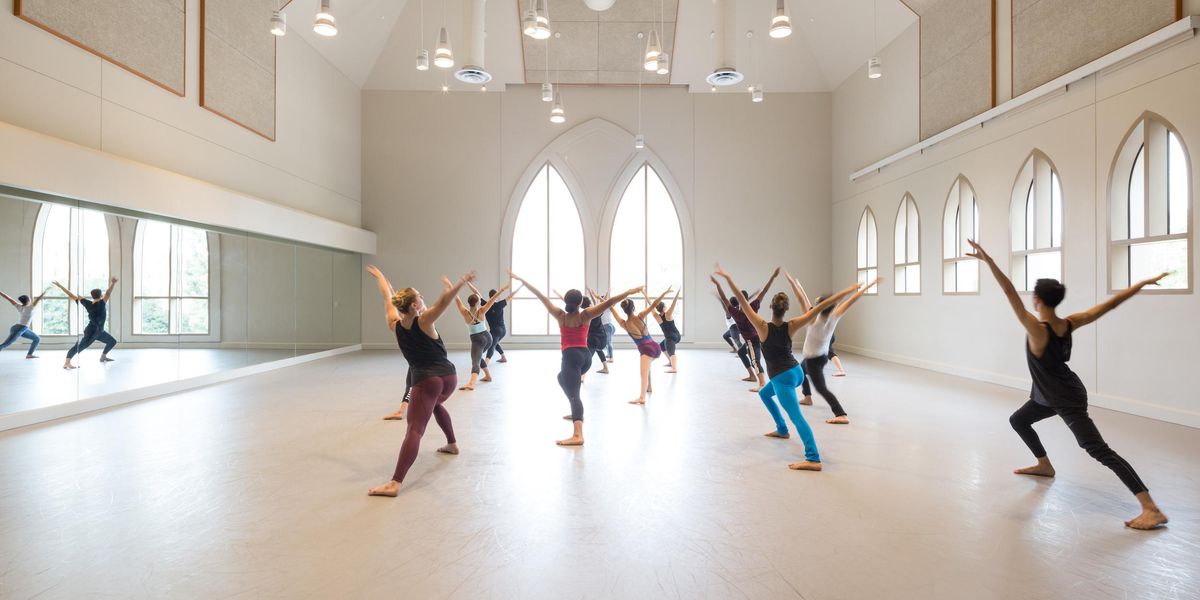Makeup Tutorial with ABT's Connor Holloway
March 29, 2020
Watch American Ballet Theatre corps dancer Connor Holloway’s Euphoria-inspired makeup tutorial!

Watch American Ballet Theatre corps dancer Connor Holloway’s Euphoria-inspired makeup tutorial!
Join our mailing list to receive the latest news and updates from our team.